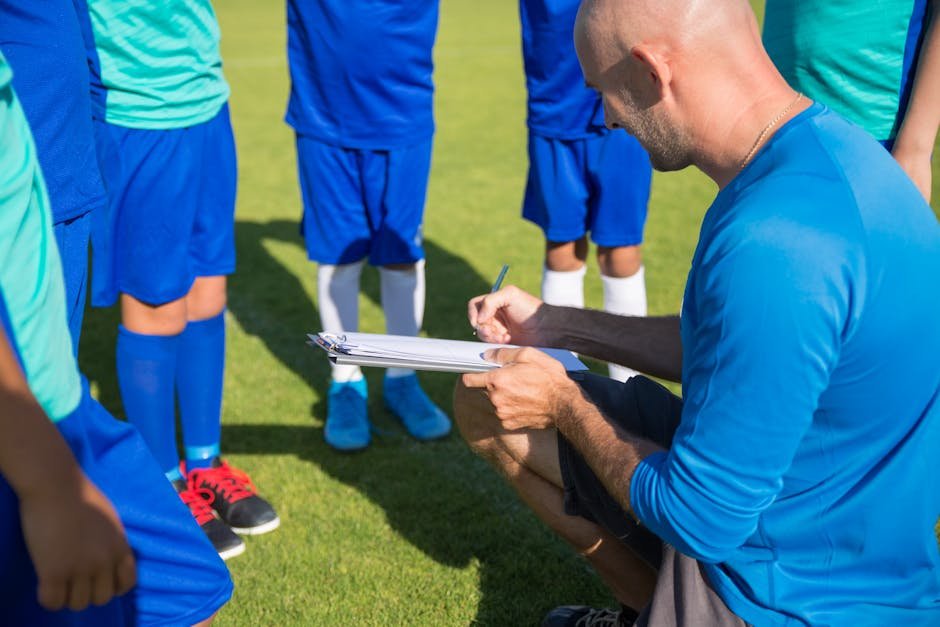Agile Coaching Techniques: Fostering Team Development
Welcome to the world of agile coaching! 🚀 Whether you’re a seasoned scrum master or just dipping your toes into the agile waters, understanding how to effectively foster team development is crucial. Agile coaching is not just about managing tasks; it’s about nurturing teams to reach their fullest potential. In this post, we’ll explore various techniques that agile coaches can use to nurture thriving, self-organizing teams.
Table of Contents
1. Introduction to Agile Coaching
2. Building Trust and Communication 🗣️
3. Encouraging Continuous Learning 📚
4. Facilitating Effective Collaboration 🤝
5. Embracing and Adapting to Change 🌱
6. Conclusion
7. FAQs
Introduction to Agile Coaching
Agile coaching is a transformative journey that empowers teams to harness their strengths and tackle challenges collaboratively. It’s more than just implementing agile methodologies; it’s about cultivating an environment where team members feel supported, motivated, and inspired to innovate.
Building Trust and Communication 🗣️
At the heart of any successful agile team is trust. As an agile coach, fostering an environment where team members feel safe to express ideas and concerns is paramount. Encourage open dialogues and active listening. Remember, communication isn’t just about talking—it’s about understanding and empathy. Create regular check-ins where team members can share feedback and insights, ensuring everyone feels heard and valued.
Encouraging Continuous Learning 📚
Agile teams thrive on learning and adaptability. Promote an atmosphere where continuous improvement is part of the culture. Encourage your team to take on new challenges, experiment with innovative solutions, and learn from failures. Hosting regular workshops, inviting guest speakers, or providing access to online courses can be excellent ways to keep the learning momentum going.
Facilitating Effective Collaboration 🤝
Collaboration is the cornerstone of agile methodologies. Facilitate an environment that encourages team collaboration by using tools and techniques that streamline communication and task management. From daily stand-ups to retrospective meetings, ensure that collaboration remains seamless. Using visual management tools like Kanban boards can help teams stay aligned and focused on common goals.
Embracing and Adapting to Change 🌱
Change is a constant in the agile world. As an agile coach, it’s your role to help teams embrace and adapt to changes quickly and efficiently. Encourage flexibility and resilience by helping teams anticipate potential changes and prepare proactive strategies. Use change as an opportunity to innovate and improve processes, rather than a disruption to be feared.
Conclusion
Agile coaching is a dynamic and rewarding journey that requires patience, empathy, and a commitment to continuous improvement. By building trust, encouraging learning, facilitating collaboration, and embracing change, you can help your team reach new heights. Remember, the goal is not just to complete projects but to develop a team that is motivated, innovative, and self-sufficient.
FAQs
1. What is the primary goal of agile coaching?
The primary goal of agile coaching is to foster an environment where teams can work collaboratively, adapt to changes efficiently, and continuously improve their processes and skills.
2. How can I improve communication within my agile team?
Improving communication involves fostering a culture of openness, active listening, and regular feedback. Encouraging team members to express ideas and concerns freely is crucial.
3. What are some tools that facilitate agile team collaboration?
Tools like Jira, Trello, and Slack can help streamline communication and task management, making collaboration more effective and efficient.
4. How do agile coaches help teams adapt to change?
Agile coaches help teams adapt to change by promoting flexibility, encouraging proactive strategies for potential changes, and using change as an opportunity for innovation.













